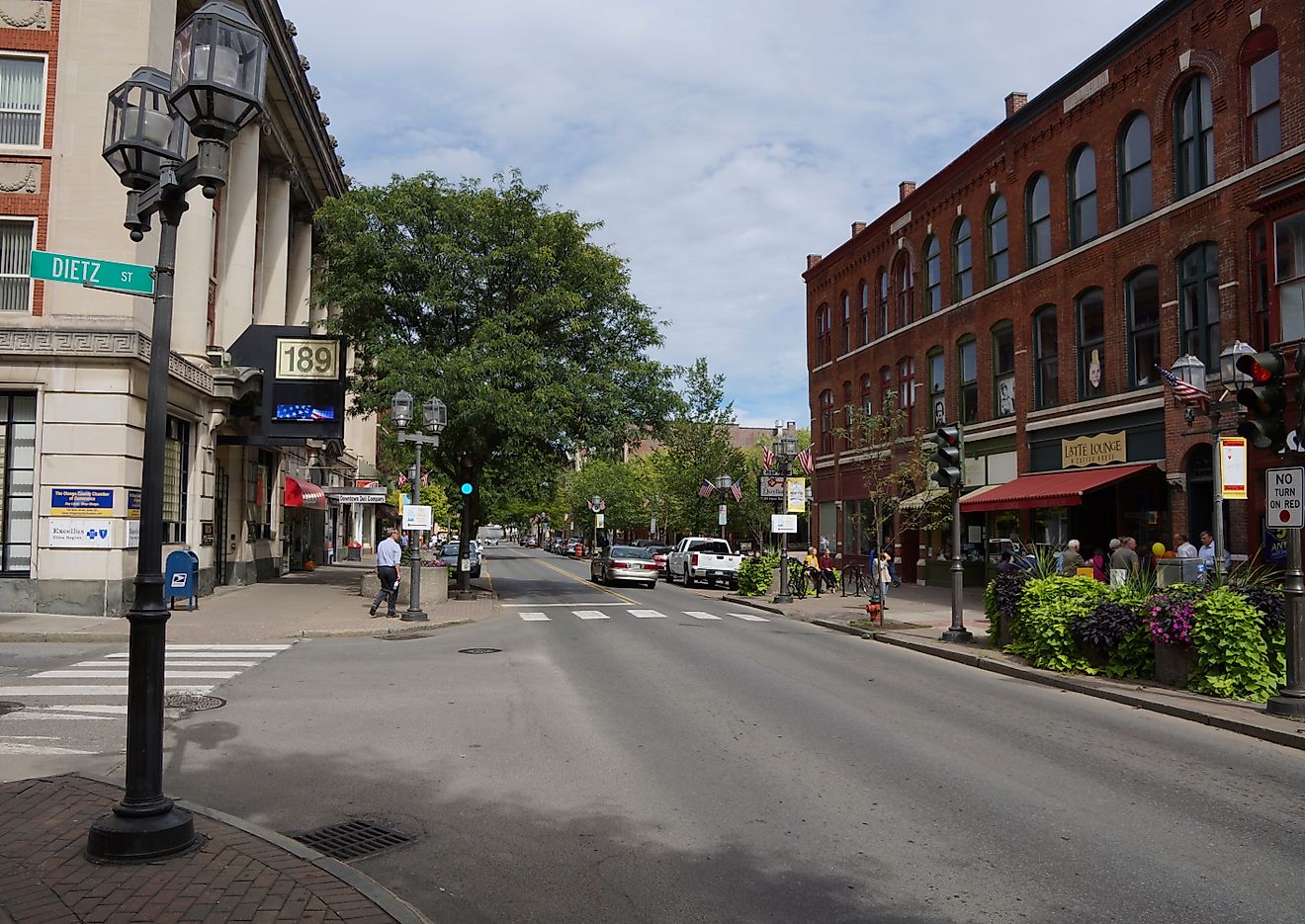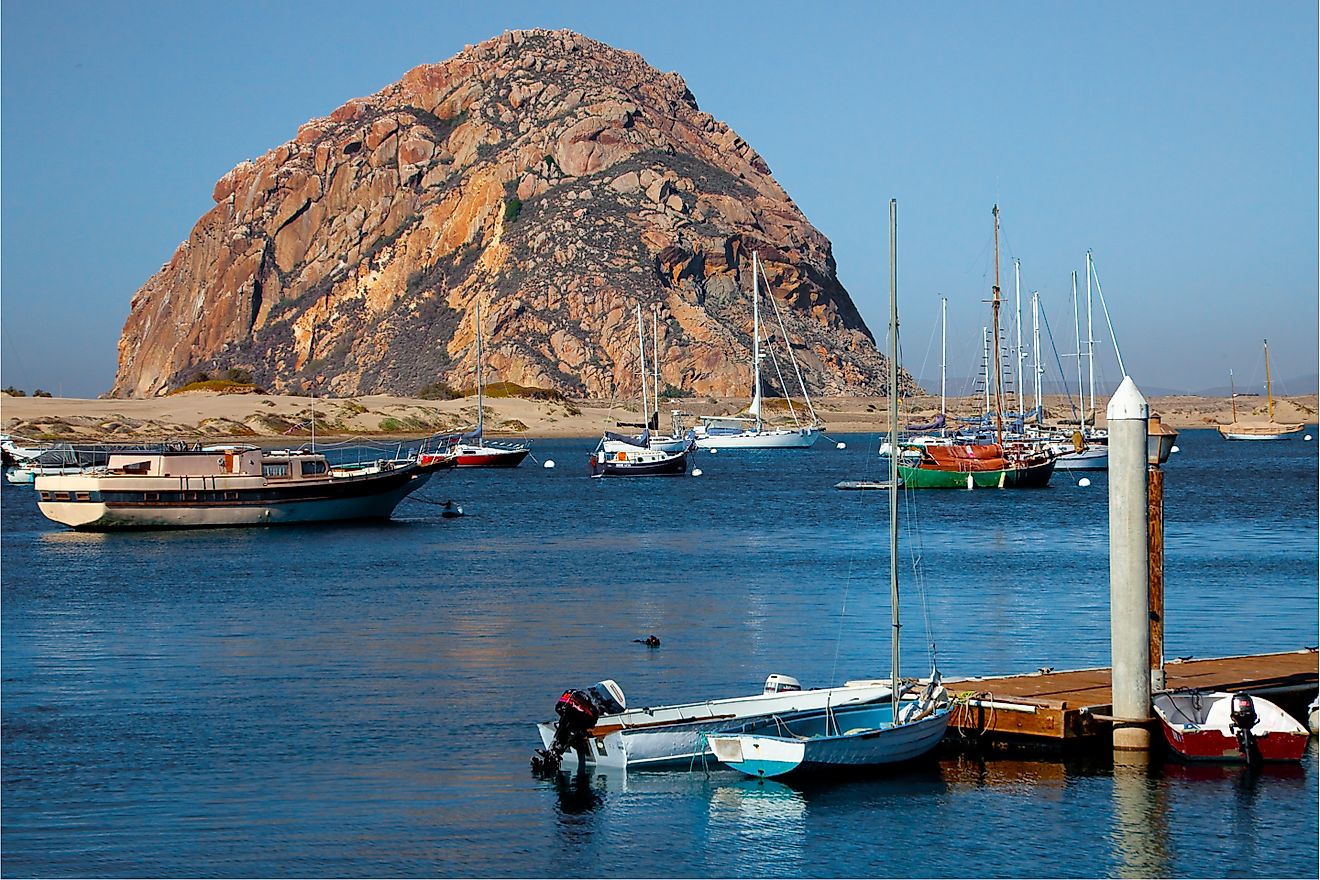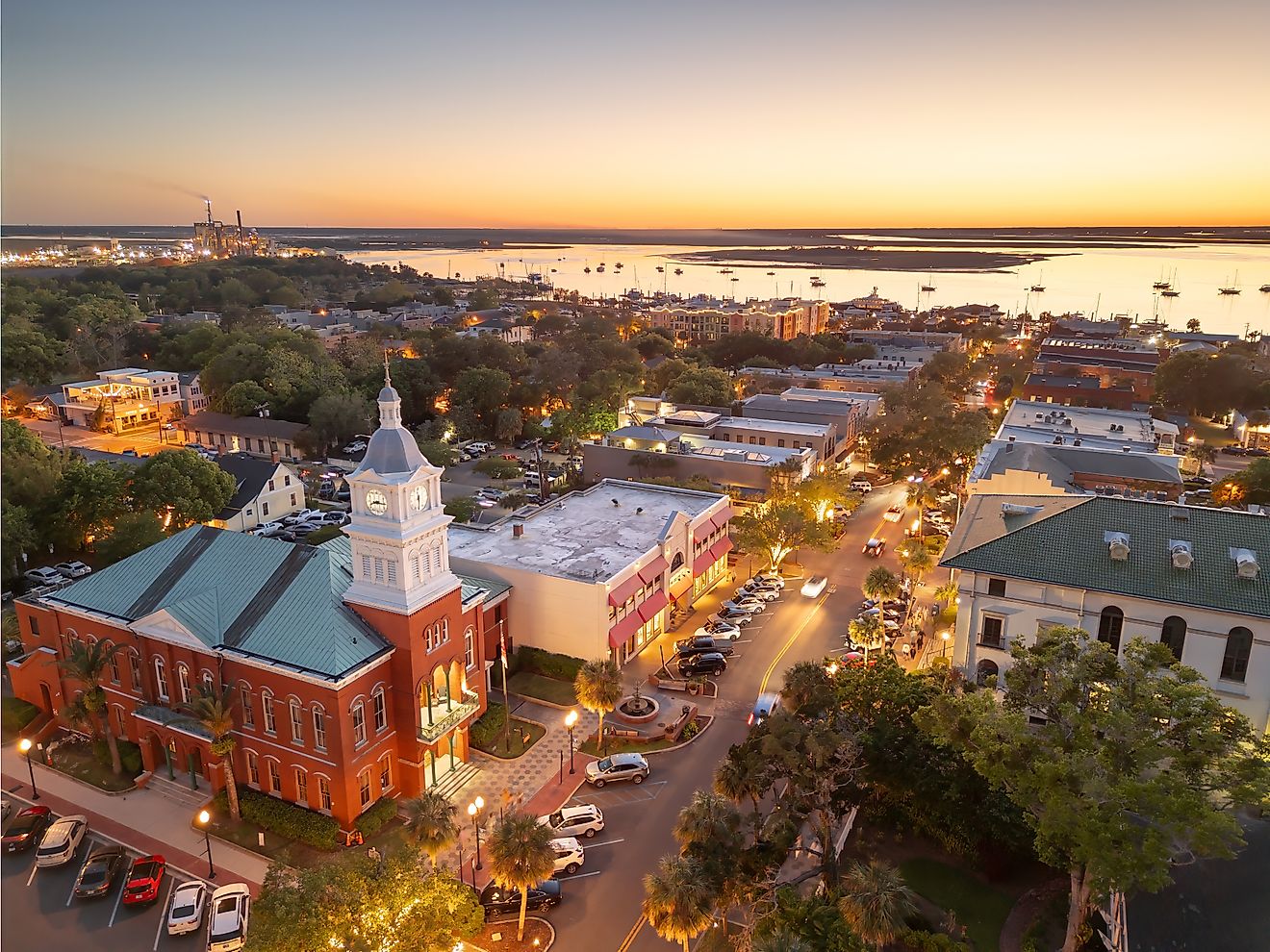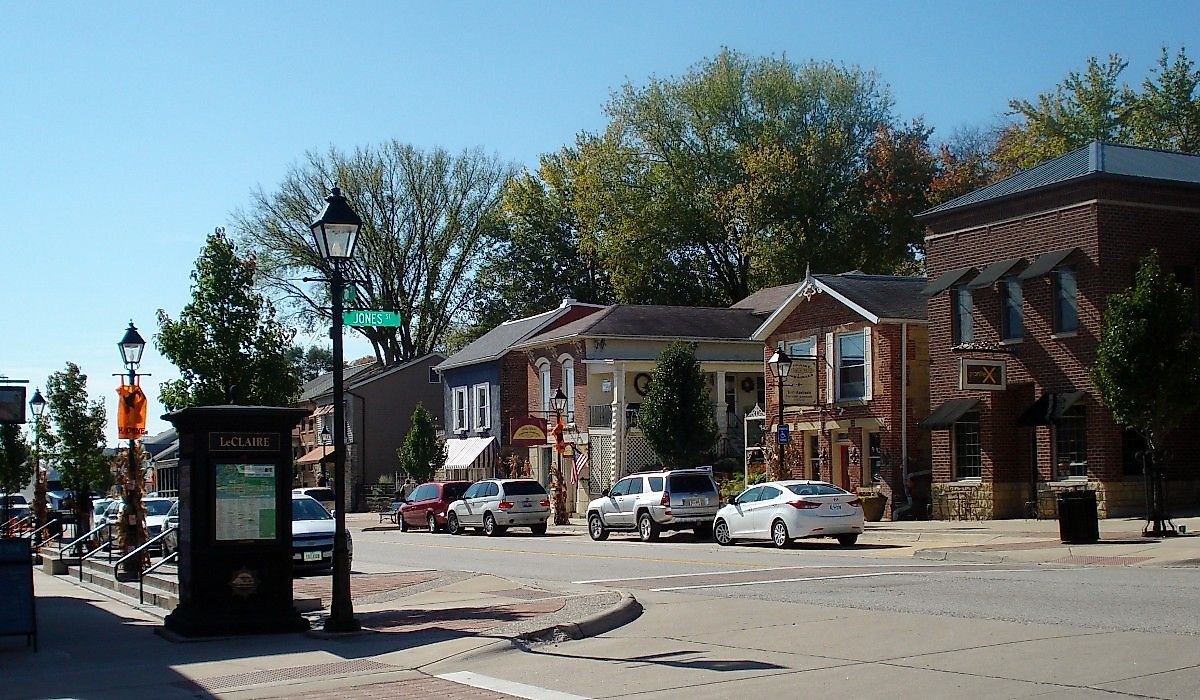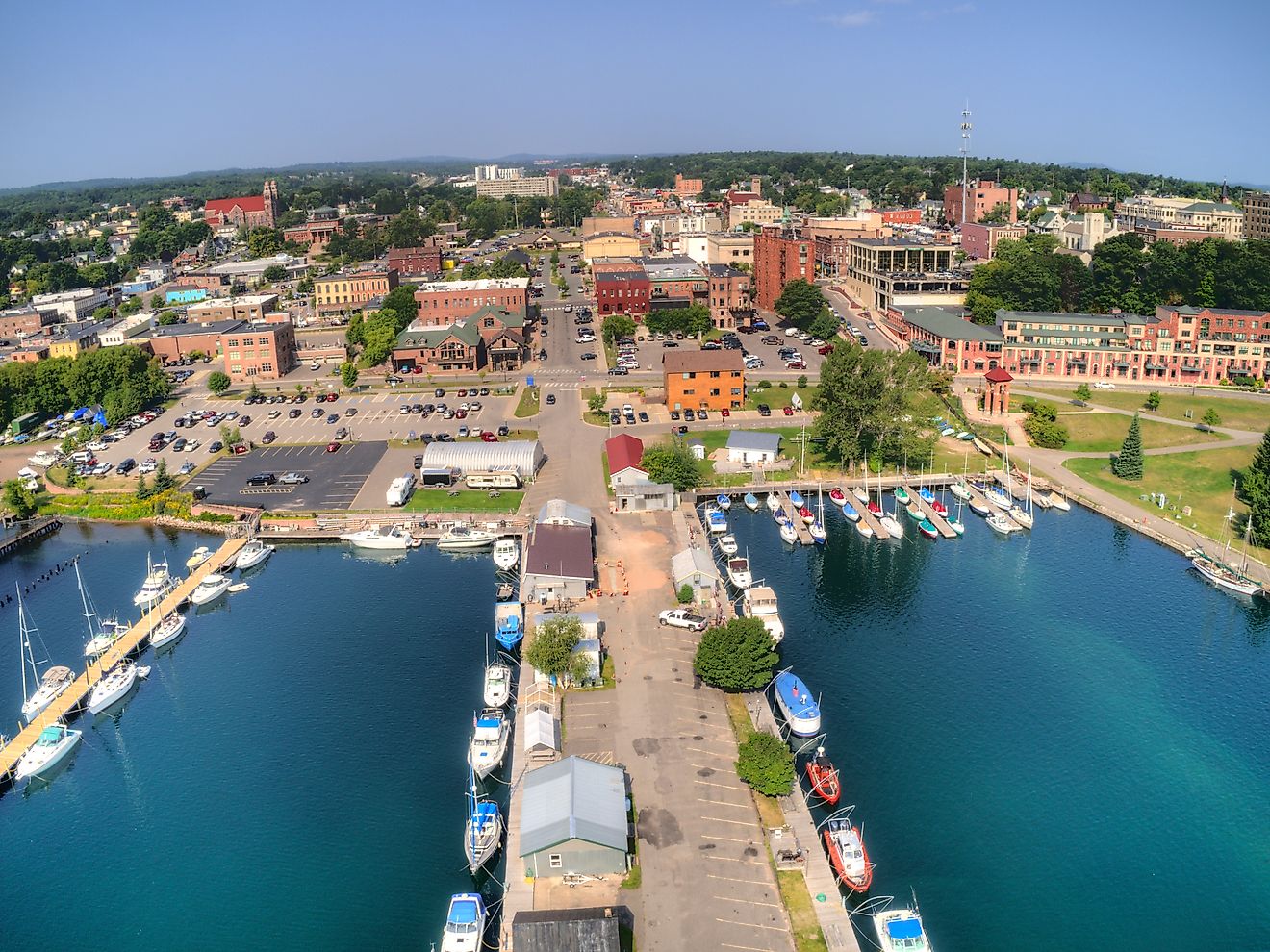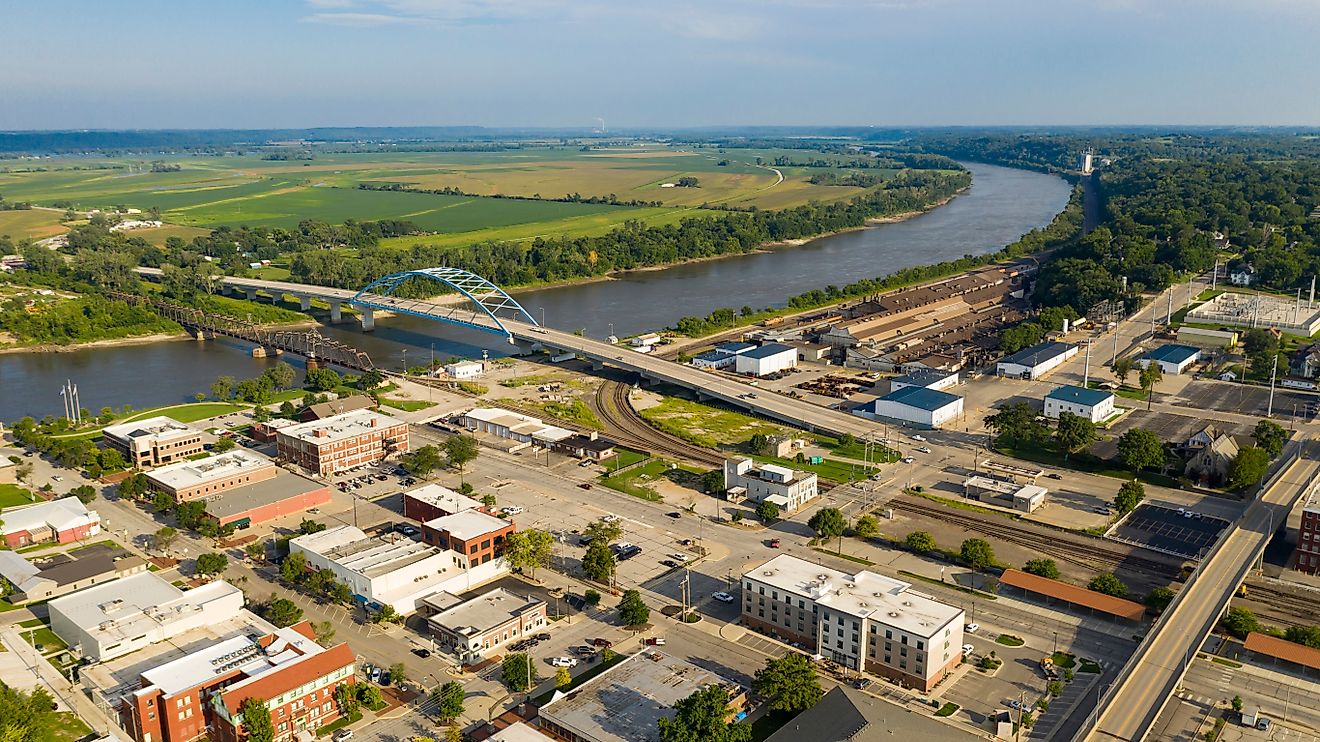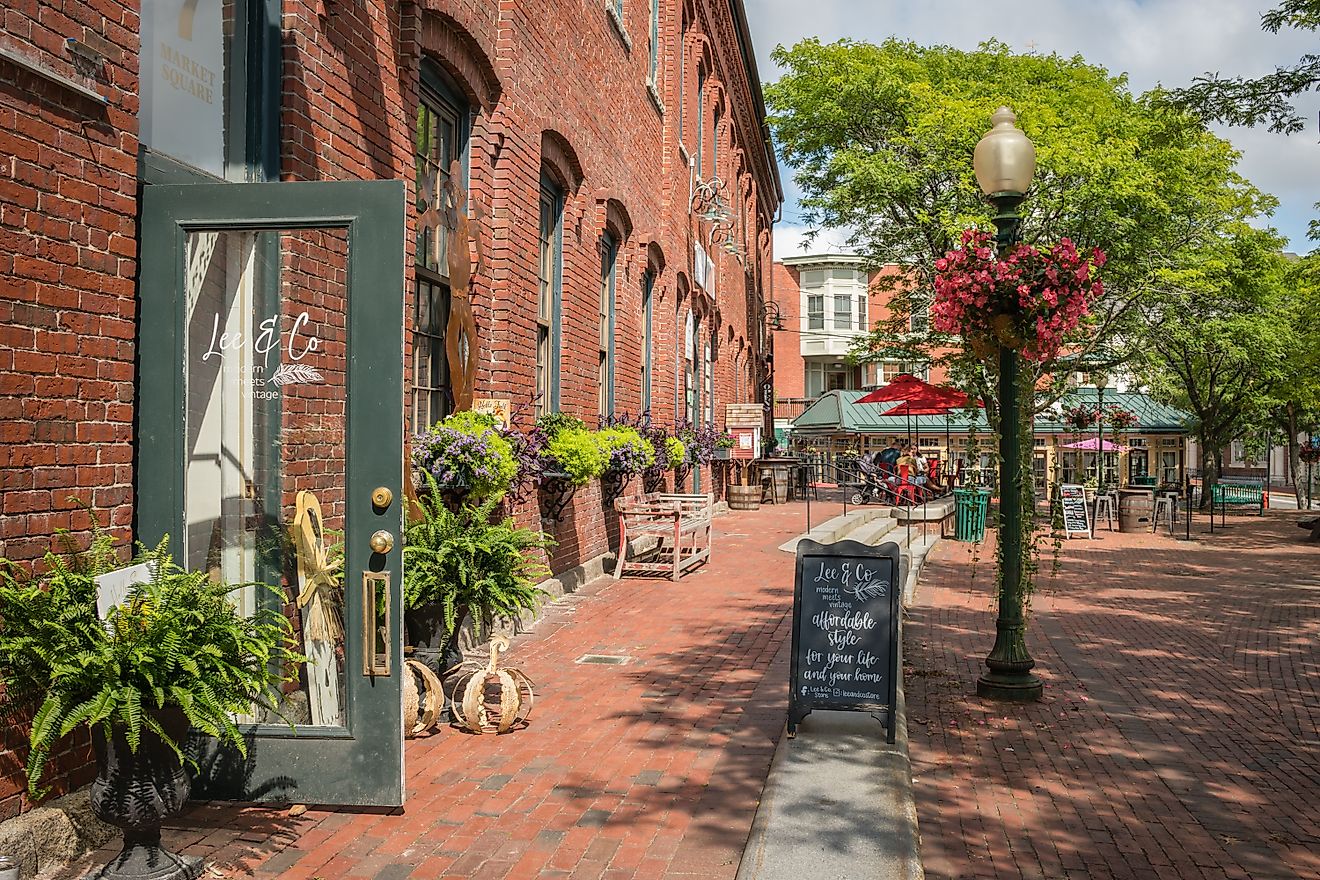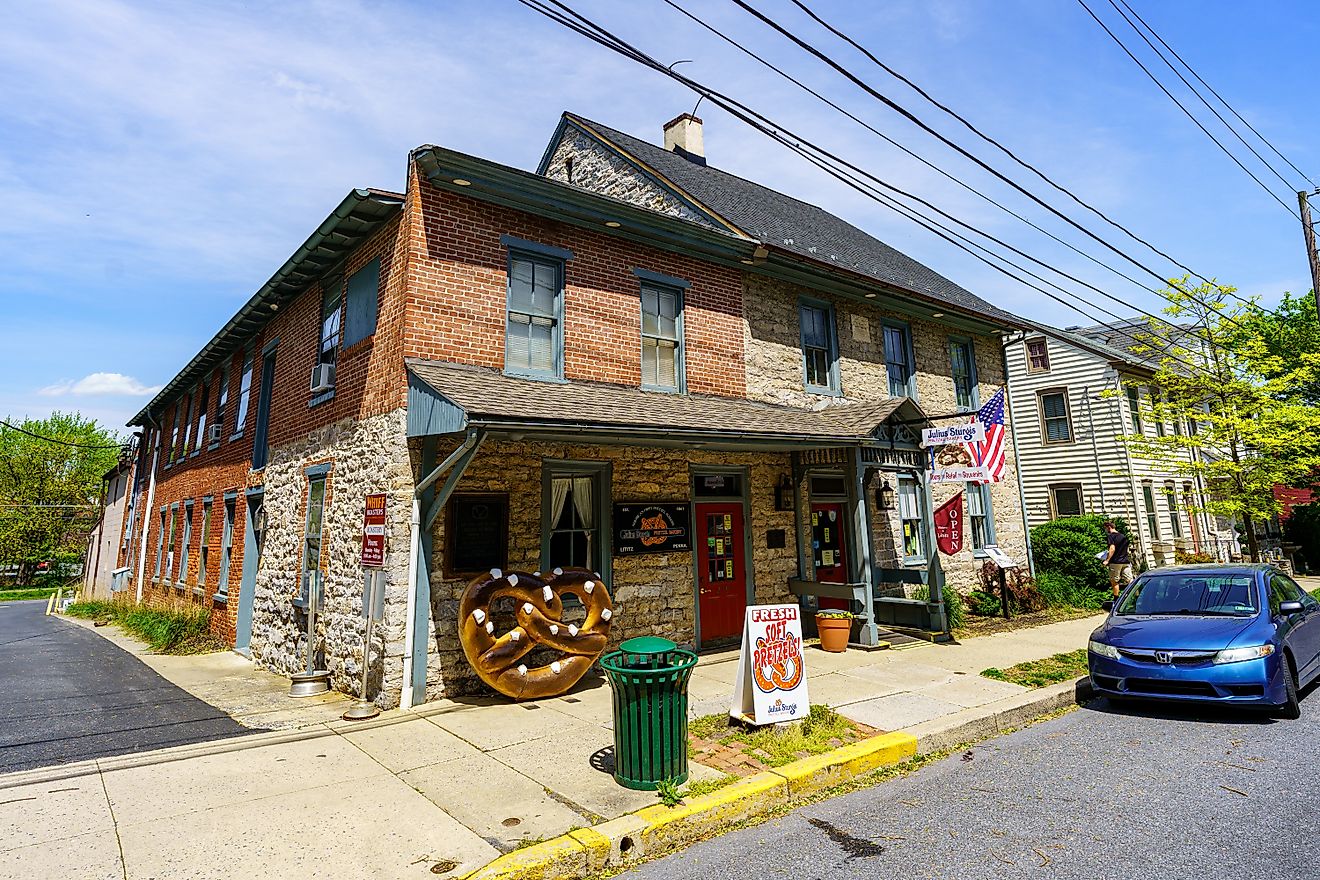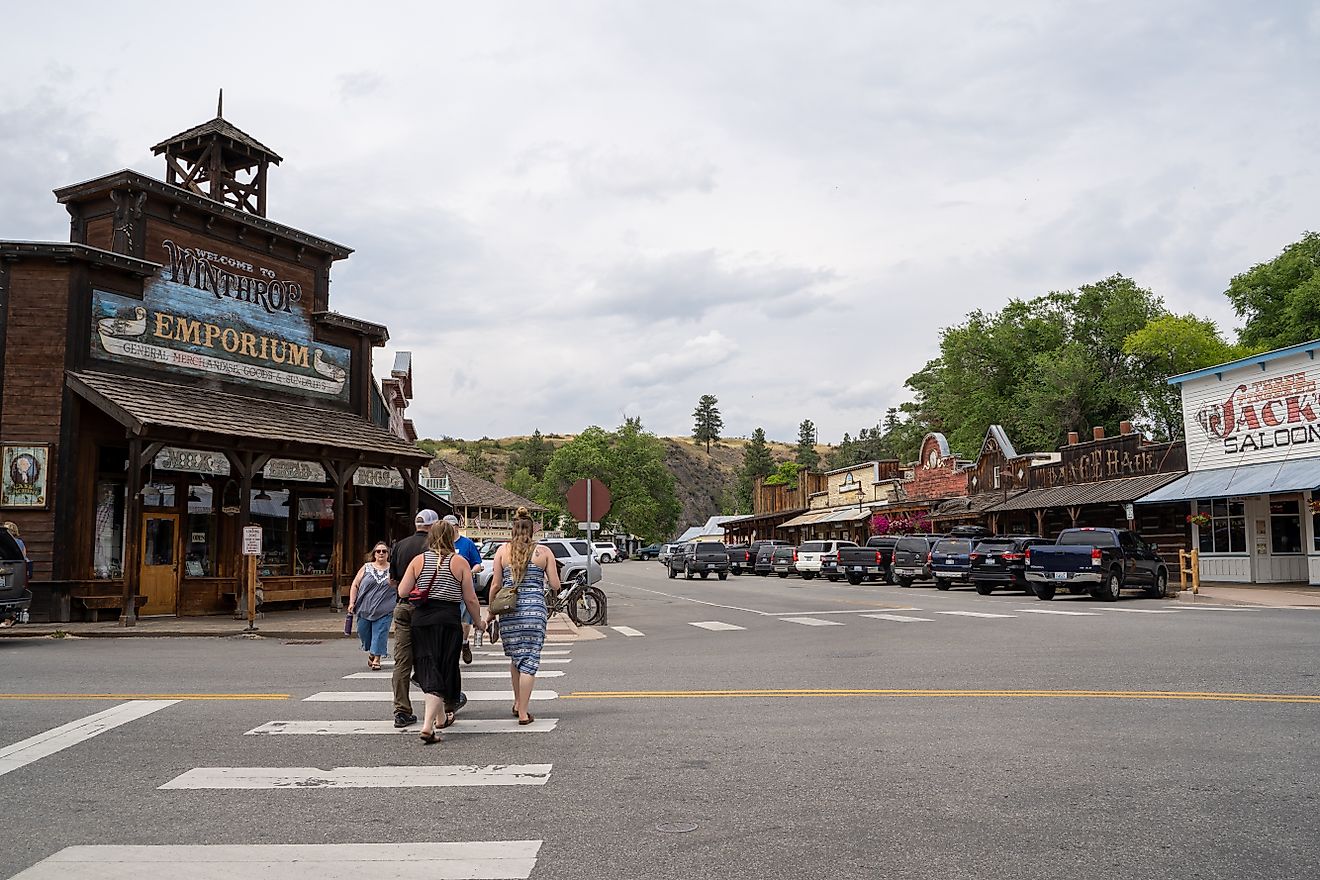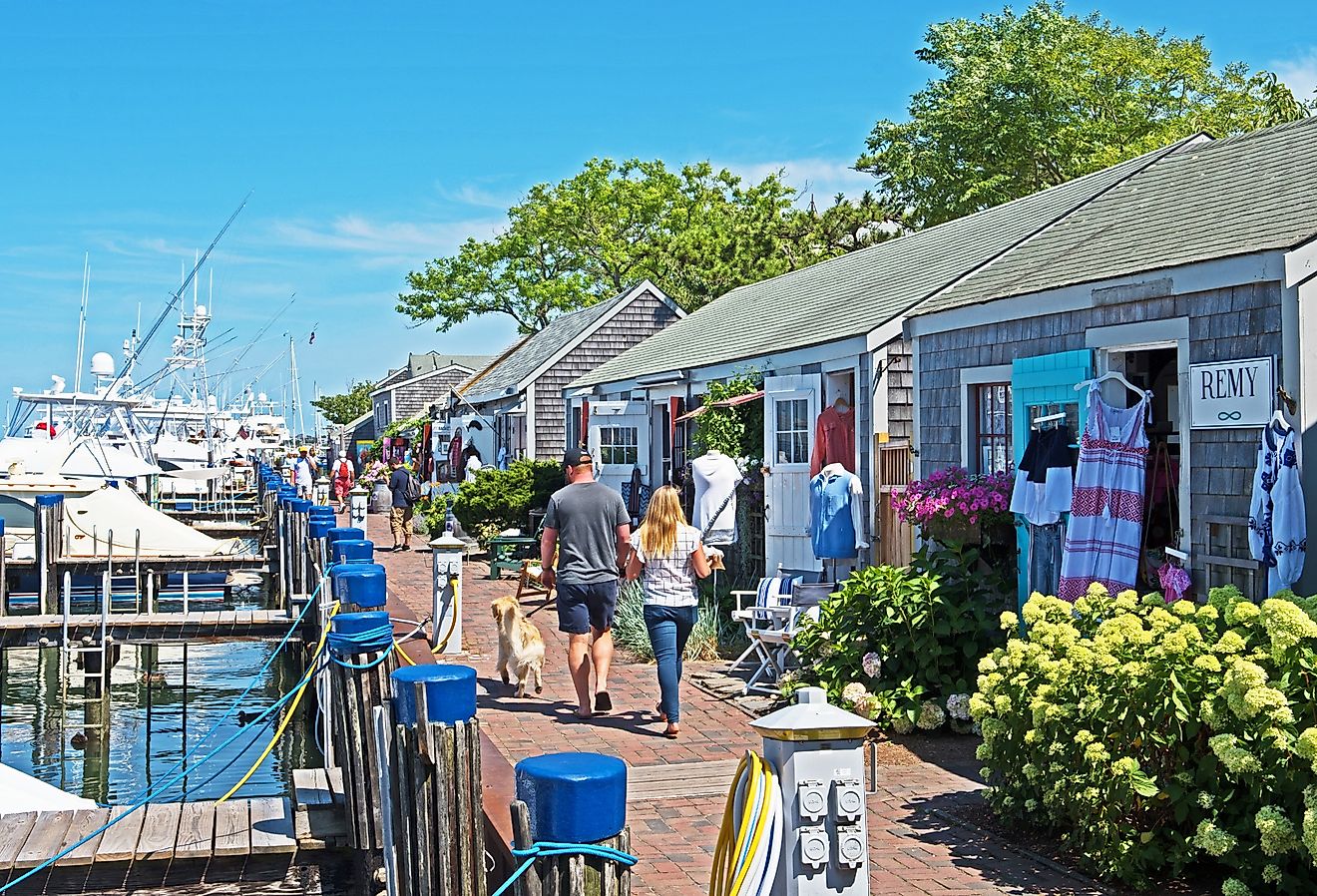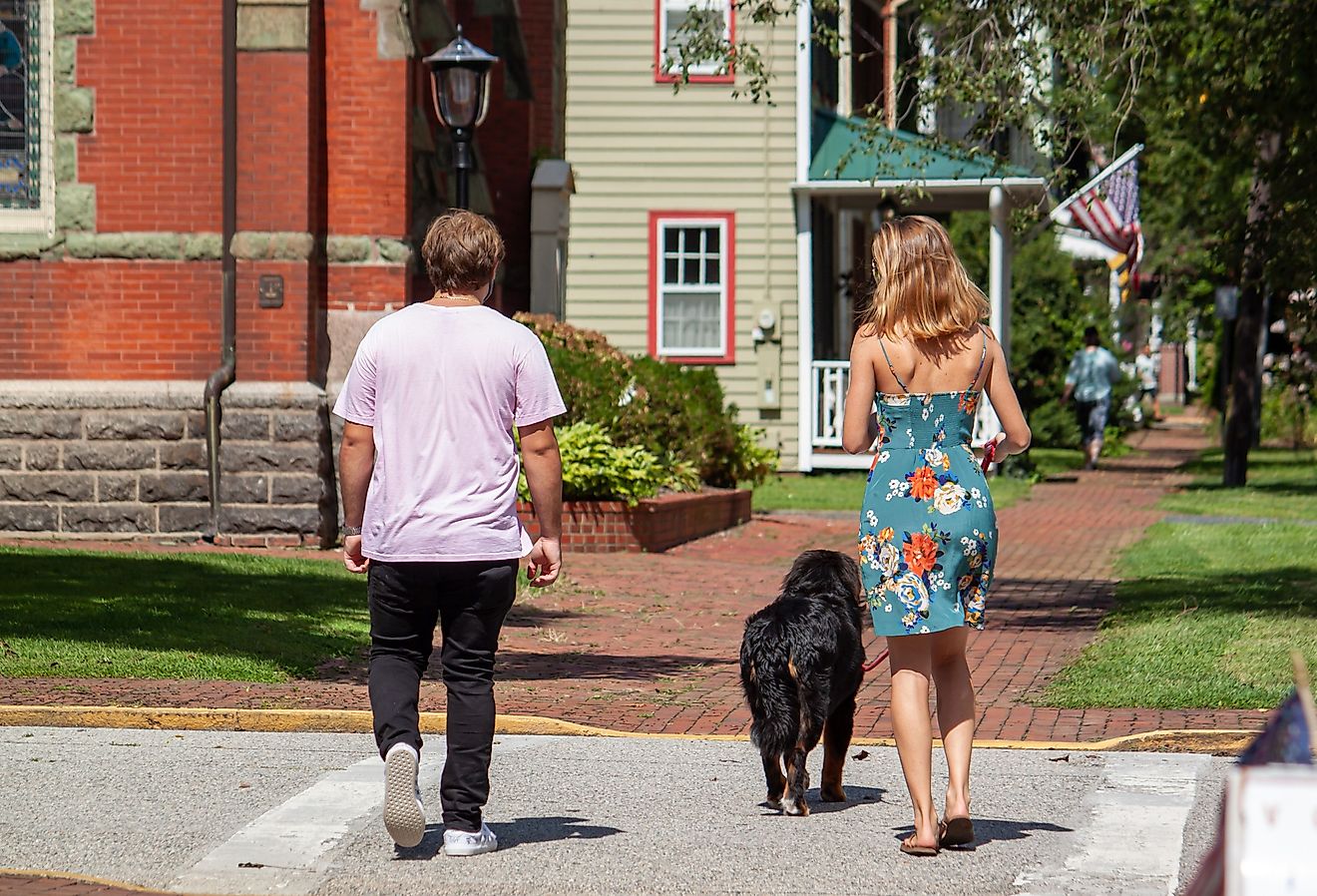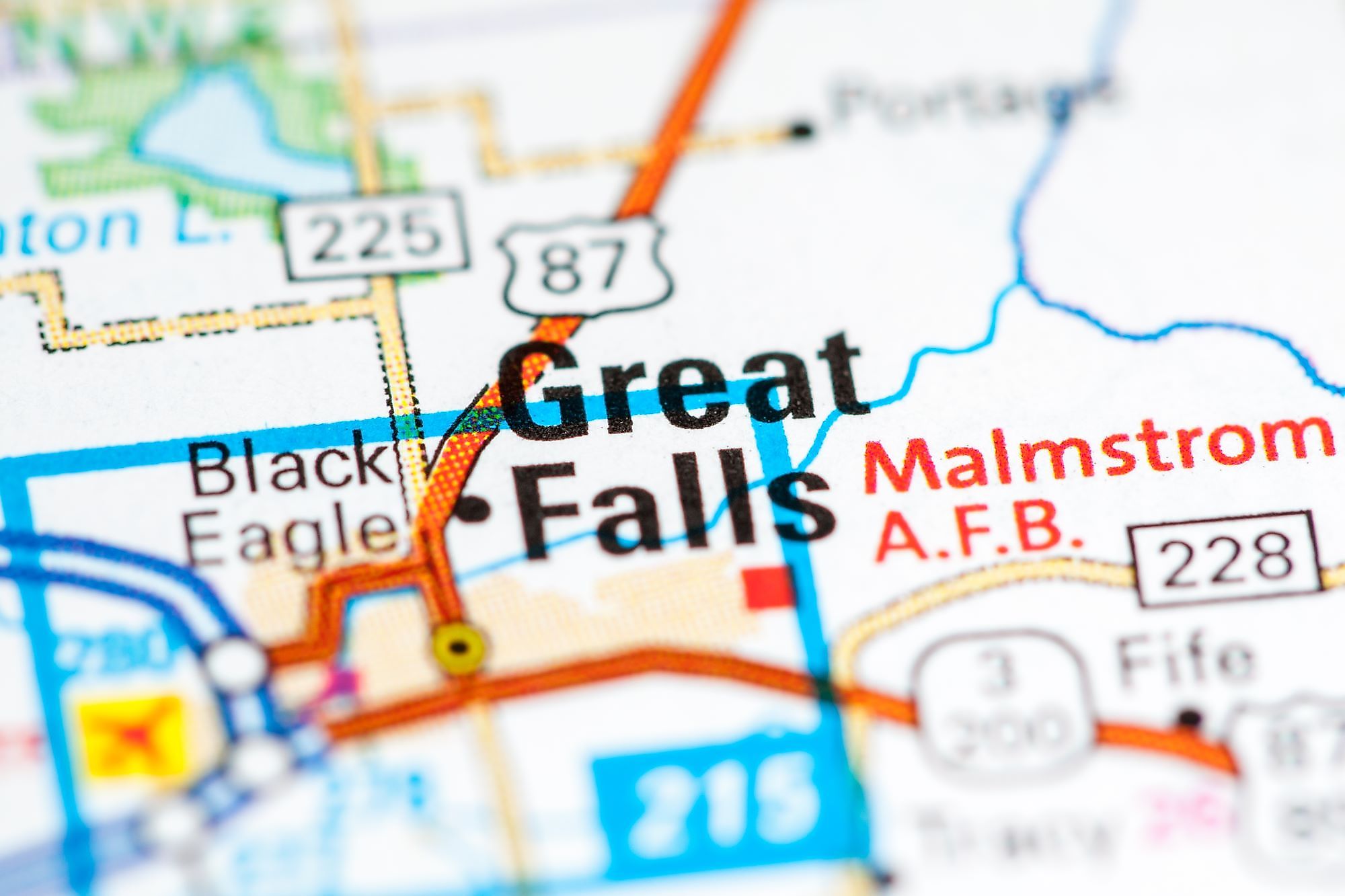
Great Falls, Montana
Nicknamed the "Electric City," Great Falls is a small city situated in Cascade County in the US State of Montana. The city serves as a special place known for its art, adventure, and "the best" culture that can host any visitor. It is a bustling city that embraces its western heritage. Great Falls city center is full of attractions, from mermaid shows to restaurants and pubs.
Geography And Climate Of Great Falls
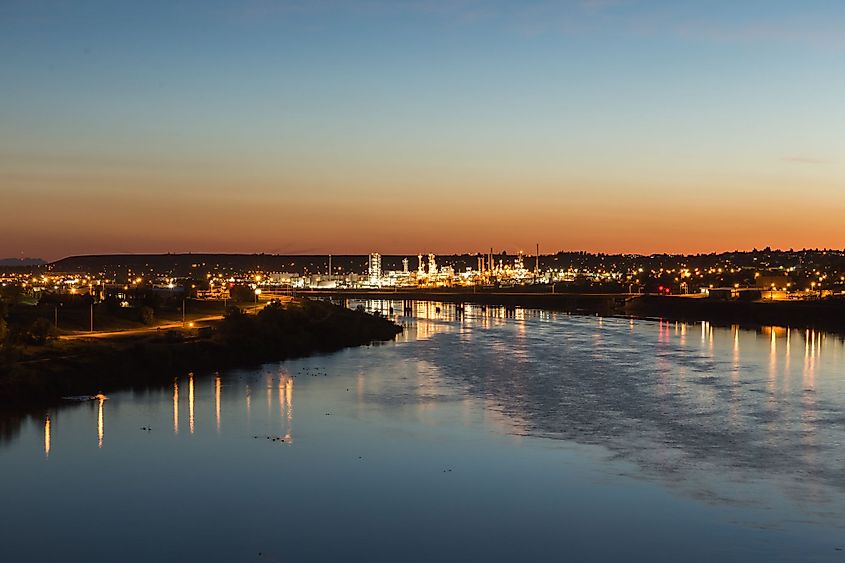
Great Falls is located between the Great Plains and the Big Belt Mountains of Montana, where the rugged landscape rises over a kilometer above sea level. There are five waterfalls in a 16-kilometer section: The Great Falls, Rainbow Falls, Crooked Falls, Black Eagle Falls, and Colter Falls. West of Great Falls is the monumental northern Rockies and the Lewis Range. 232 kilometers south, the headwaters of the longest river in North America begin, the Missouri River. Flowing downstream on the Missouri River, roughly 500 kilometers from the town, the waterway widens and spills into Fort Peck Lake. The city of Great Falls covers a total area of 57.66 sq. km, of which 1.22 sq. km is covered by water, and 56.44 sq. km is occupied by land.
Great Falls experiences a semi-arid climate. Summers are short and dry, while winters are wet and cold. The hottest day on record was 41˚C, while the most frigid day was -42˚C. Roughly 375 millimeters of rain descends on the city annually. June is the wettest month of the year, and it might average see 64 millimeters of rain. The best month to visit the Electric City is July, when temperatures reach 30˚C by the end of the month. Cool temperatures arrive in the Fall, rain dies down, and the snowfall accumulates throughout the season. New Year's Day is the coldest day of the year, with lows of -8˚C. The region receives over 160 centimeters of snowfall each year, with most of it falling in March.
Brief History Of Great Falls
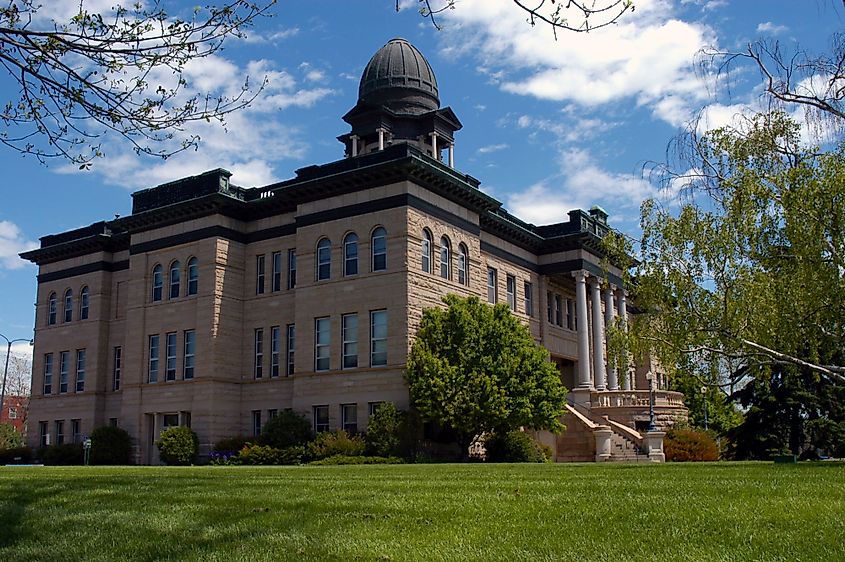
Great Fall's name has been derived from the five falls on the Missouri River that flow through the city limits. Long before the city was called Great Falls, the Little Shell Chippewa, also known as the Ojibwe tribe, lived off the land throughout Montana. The first recorded encounter with European settlers was the Hudson Bay Company in the 18th century. Conflicts arose in the 19th century with the US government, leaving the local tribes without reservation for most of their history. On June 13, 1805, the Lewis and Clark expedition arrived in Great Falls. The dangers of the falls led the team to portage 29 kilometers to go around the 34-kilometer stretch of the Missouri River and five waterfalls. Their boats and gear had to be carried by hand with jury-rigged wagons. The portaging expedition around the Great Falls took the team nearly one month to complete. Nowadays, the trail is a national historic landmark in honor of the brave navigators. Day hikes can explore the route, and an interpretive center will educate the guests.
Population And Economy Of Great Falls
Great Falls has the third-largest population in Montana, with 57,483 residents. Within the last twelve years, the city has seen a decrease in population by 2.97%. The diverse town consists of three major ethnic groups, 84% Caucasian, 5.2% Hispanic, and 4.6% indigenous. The median household income is $67,735, with 14.7% of citizens living below the poverty line. Houses in Great Falls average around $176,000, and renters pay $729 monthly. The city's employment rate has fallen below the nation's average at 3.8%, and most people work in the health care, retail, hospitality, and restaurant industries. The highest-paid careers are mining and oil & gas, followed by public administration employees.
Attractions In Great Falls
C.M. Russell Museum
One of America's greatest artists, Charles Marion Russell, was inspired by wildlife, Western culture, and landscapes. Nicknamed America's Cowboy Artist, the museum displays the different types of illustrations that he had created in his lifetime from 1864 to 1926. Exceeding 3000 pieces of art, the museum includes permanent exhibitions, educational programs, and sculptures. Considered a National Historic Landmark, the gallery welcomes more than 30,000 guests annually.
Giant Springs State Park
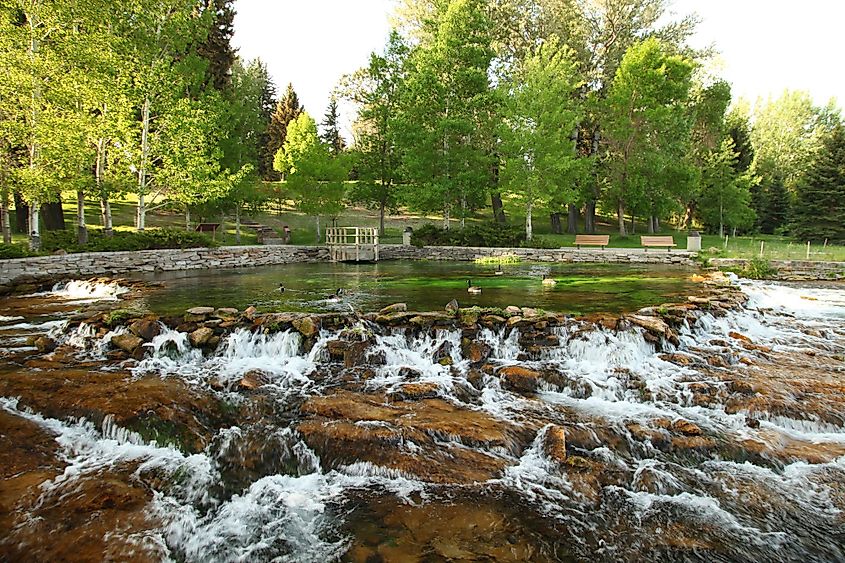
The Giant Spring is the largest freshwater spring in the United States that produces over 700 million liters of water daily. With the protection of 22.5 kilometers of waterfront, the state park offers activities for everyone. Pedestrian bridges allow foot traffic to cross from one shore to another easily. There are picnic areas with permanent grills, playgrounds, interpretive exhibits, equipment rentals, and a gift shop.
Paris Gibson Square Museum of Art
One of the oldest and most cherished landmarks in Great Falls, the historical sandstone structure has been open for over 100 years. Construction was completed in 1896 and functioned as the central high school for 34 years, then turned into a junior high school before it shut down in 1975. By 1977 a group of volunteers from the area revamped the interior and reopened it as the Paris Gibson Square Museum of Art. The museum hosts free art programs for students and showcases permanent and temporary exhibits and a magnificent sculpture garden.
